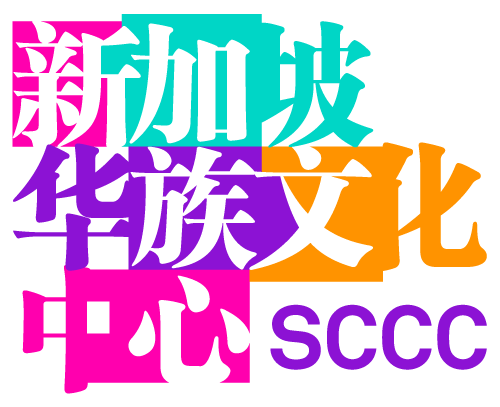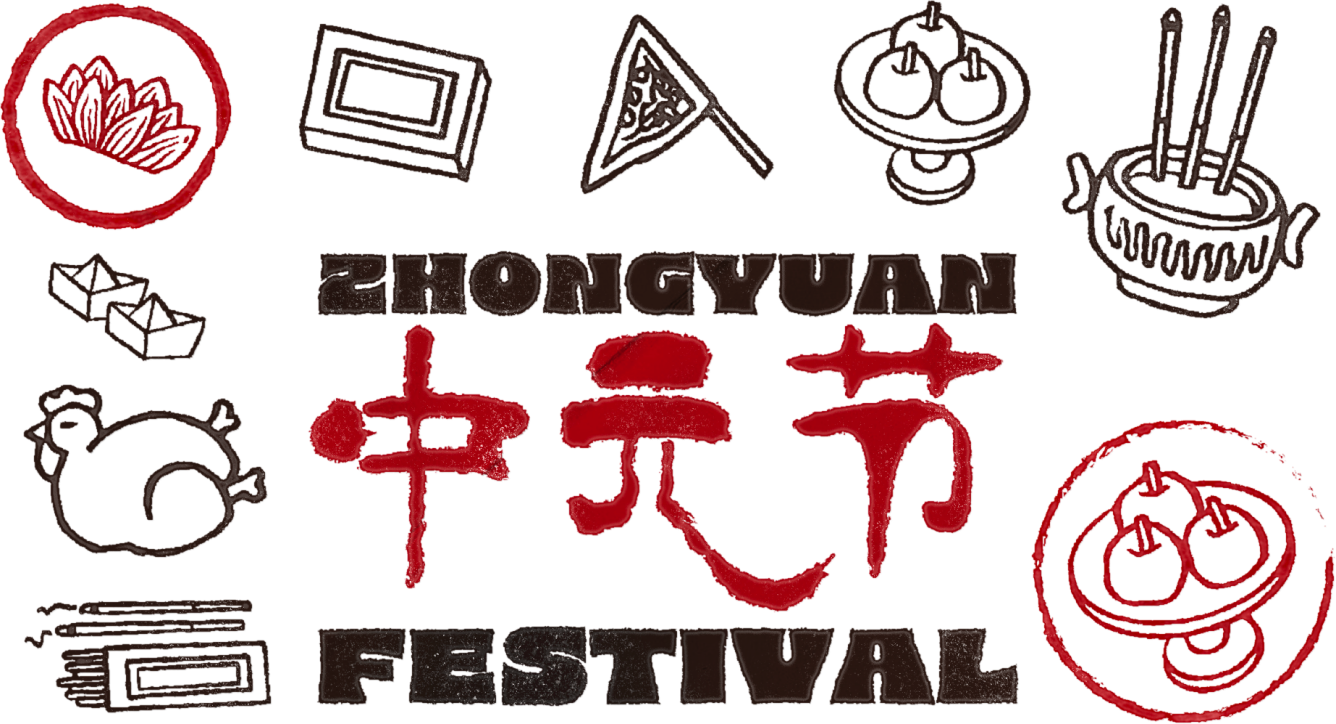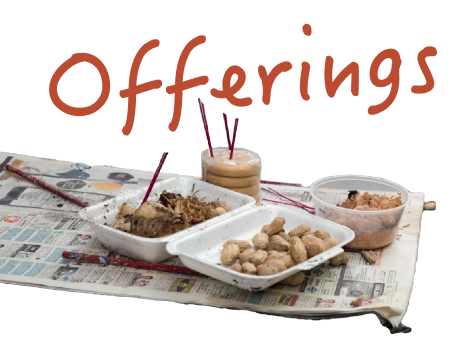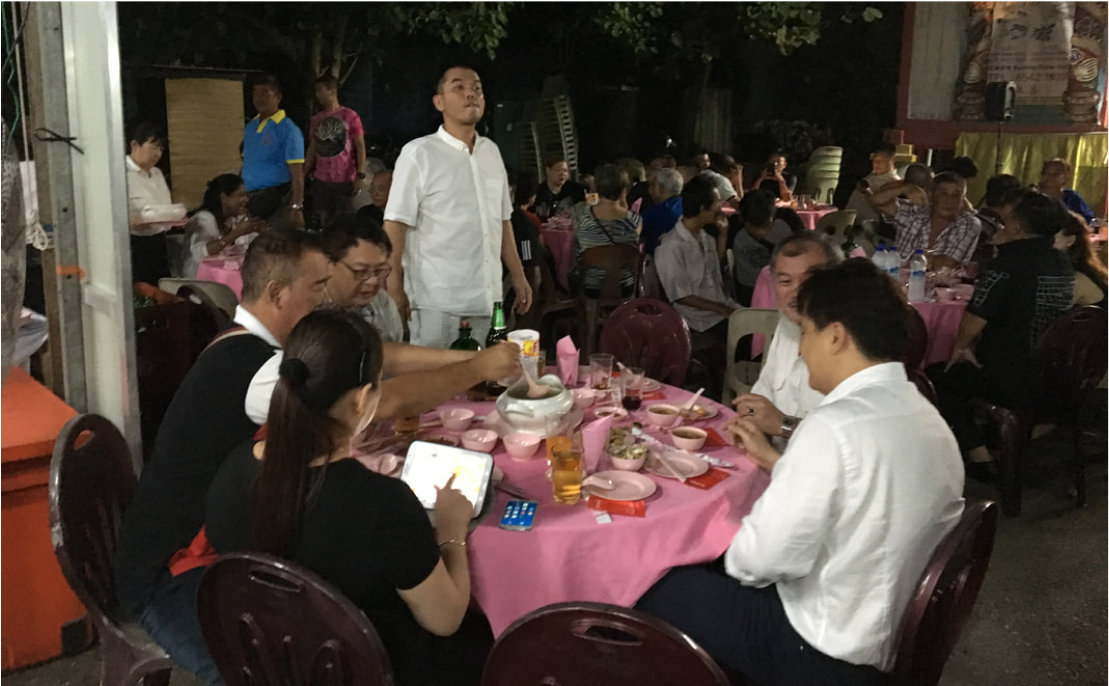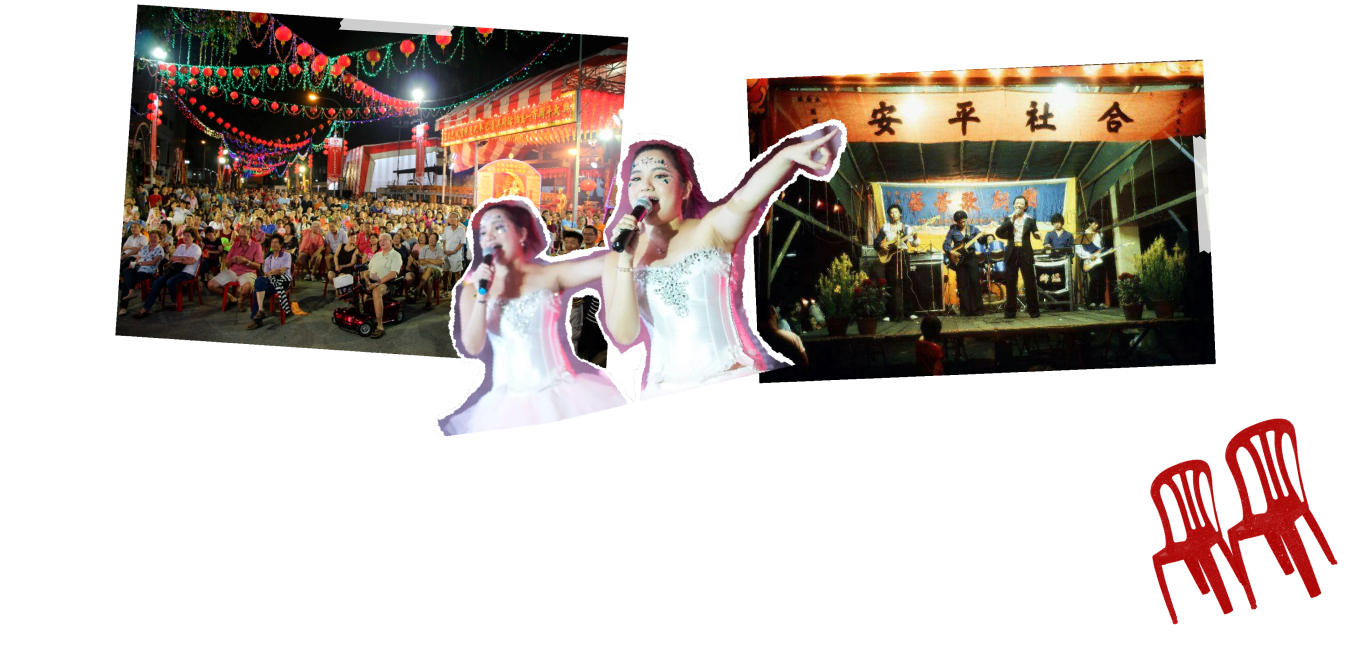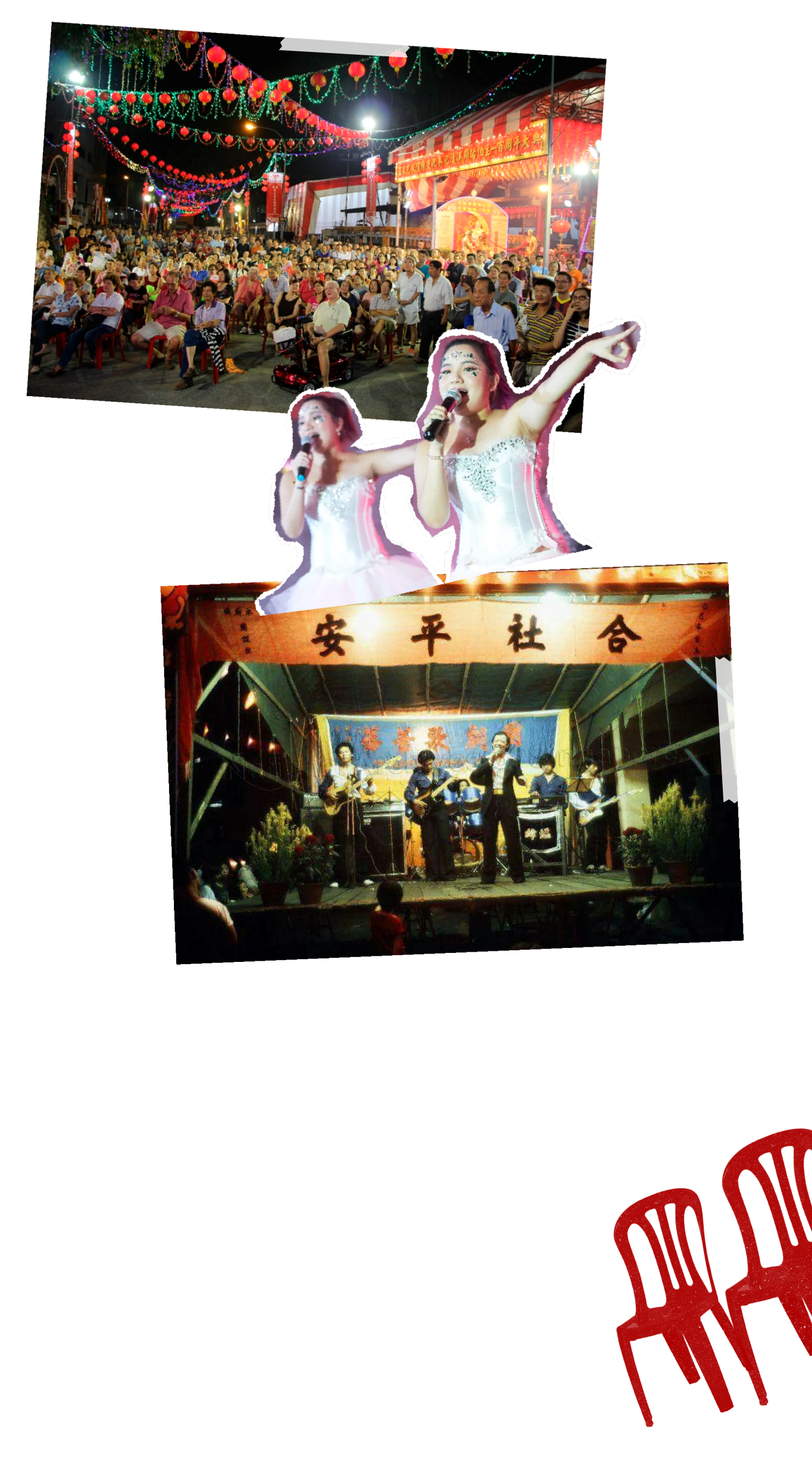Zhongyuan Festival falls on the 15th day of the seventh month of the lunar calendar. The festival is observed throughout the entire seventh lunar month, usually around August of the Gregorian calendar.
During this period, Chinese worship their ancestors and make offerings to wandering souls, hence giving rise to the commonly known name “Hungry Ghost Festival”.
In Singapore, the significance of the Zhongyuan Festival differs between the Taoists and Buddhists. Taoists believe in appeasing the wandering souls from the netherworld while Buddhists emphasise filial piety.
Before you let goosebumps engulf you, let’s delve deeper into the meaning of this festival.
Info source:
- Singapore Infopedia – Zhong Yuan Jie (Hungry Ghost Festival)
- Singapore Federation of Chinese Clan Associations, Chinese Customs and Festivals in Singapore, “Qing Ming Jie (All Souls’ Day)”, p.45; “Zhong Yuan Jie (Hungry Ghost Festival),” p.63
